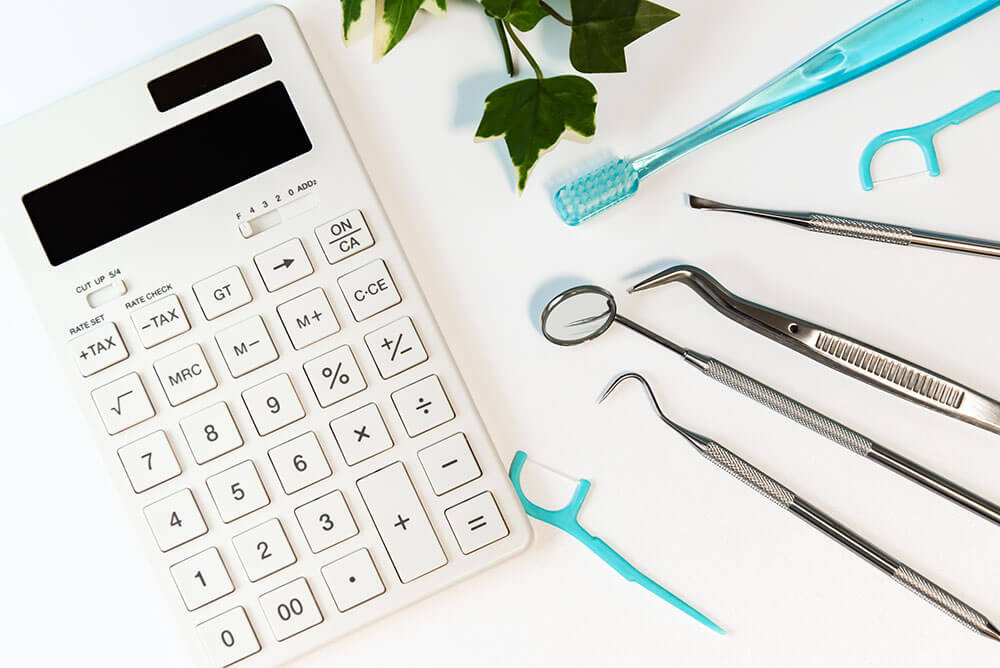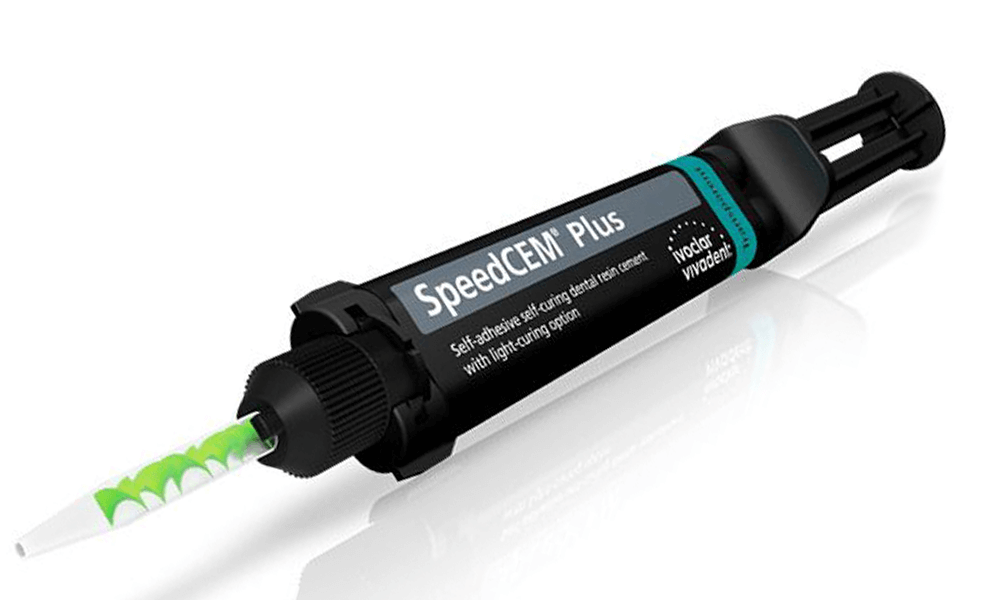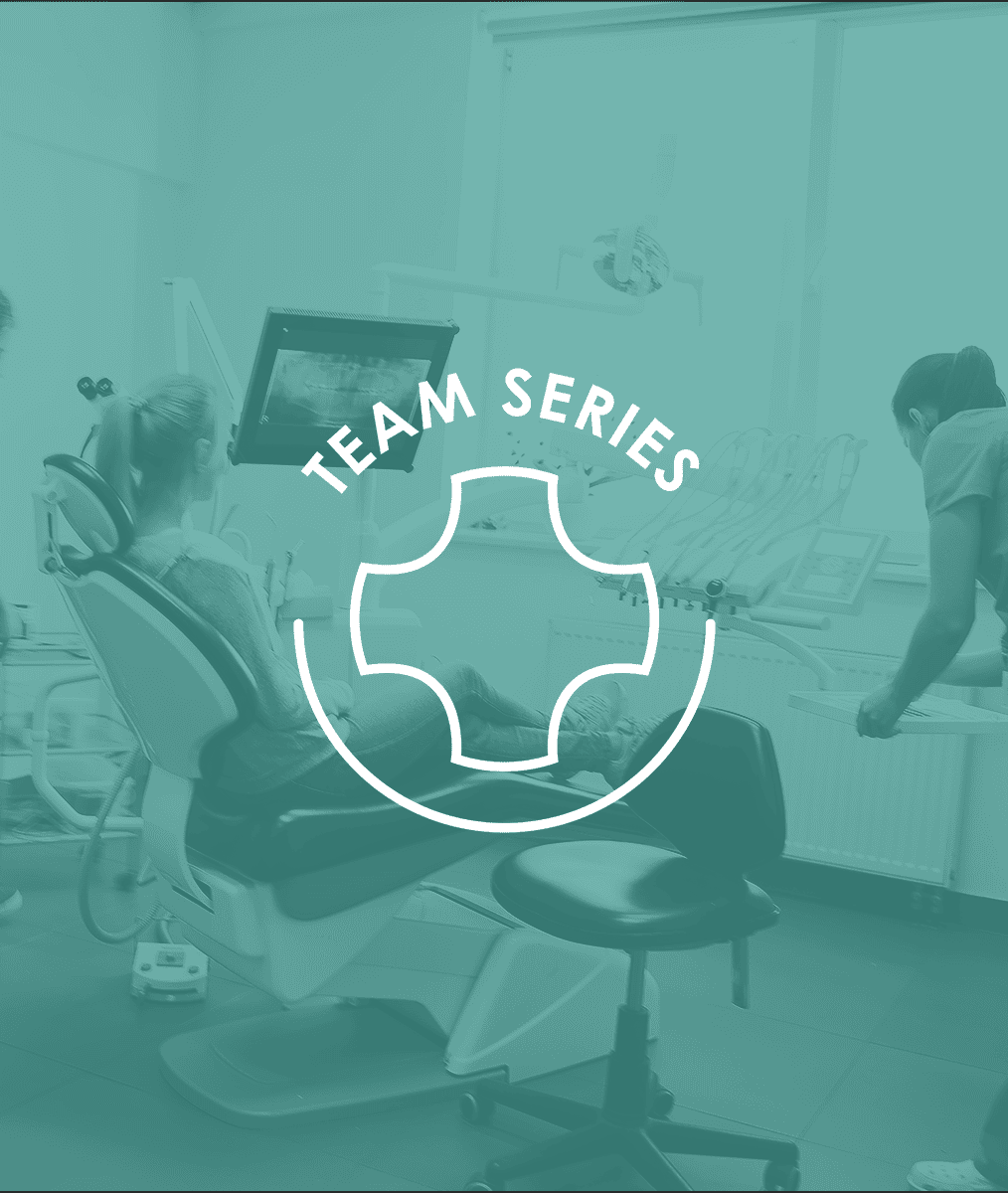Re-starting Your Practice – How Will You Handle Fees?
We are “all in” on getting ready for our office to re-open. We have been in dialogue with our team members, reviewed our cleaning, asepsis, OSHA protocols, and worked out client and staff management protocols that follow the ADA guidelines. We are ready to go! However, our governor may prevent us from starting for another month. If that happens, we will have lost a full three months of production – one quarter of the year.
We can never regain that lost revenue. Like the car salesman who does not close the sale, the money that was going to pay our fees is now gone forever as it has been spent somewhere else. If you want to understand a bit more about the mathematics of loss, take a moment to read this letter from Steve Blumenthal. The letter is old, but the math still makes sense and it is not pretty.
“The New Normal”
Like many of you, we have been “Zooming” into a variety of web-based CE on how to manage the new normal. The new normal to us looks like less productivity and higher overhead. The new normal also looks to us like a time when our clients and staff will feel a sense of increased vulnerability, so it is imperative that everything we do at every touchpoint is focused on active listening, positive messaging, and mutual respect.
The Question of Fees
This leads to the question of fees. Some presenters are suggesting adding charges for PPE or raising fees in general. Our opinion is that, as a nation, we are about to enter a period of deflation. If our clients are worried about maintaining their jobs, they are not going to spend discretionary dollars. We are very unlikely to see a V-shaped recovery. Our government has poured a great deal of money into the economic system, but fearful people will not spend if they are not sure of a paycheck.
Most of us will have to eat the added overhead in our practices. In fact, many practices will look at staff costs and decide to run with less people. You can count on insurance carriers to use the pandemic to push on dentistry to accept lower reimbursement.
Our Plan
We know we will lose production until we refine our new systems. We are asking our team members to consider flex time until we can ramp up and have everyone working effectively. We are asking team members to multi-task so we can avoid adding extra people for the increase in sanitation needs. We are revamping scheduling and hours to get maximum productivity with patient flow that will be less than the old normal.
We have mapped out projected production and can meet reasonable goals under the new model with no fee increase for now. We plan to hold the line for four months and then we will have a fee increase. How much? We do not know yet, but we project at least 3 – 5%. We believe that amount will be accepted by clients and will cover most of the cost of increased overhead. We do not foresee the fee increase dropping the bottom line. If you want to share what you are doing, feel free to do so in the comments section of this blog.
Related Course
E1: Aesthetic & Functional Treatment Planning
DATE: October 16 2025 @ 8:00 am - October 19 2025 @ 2:30 pmLocation: The Pankey Institute
CE HOURS: 39
Dentist Tuition: $ 6800
Single Occupancy with Ensuite Private Bath (Per Night): $ 345
Transform your experience of practicing dentistry, increase predictability, profitability and fulfillment. The Essentials Series is the Key, and Aesthetic and Functional Treatment Planning is where your journey begins. Following a system of…
Learn More>











